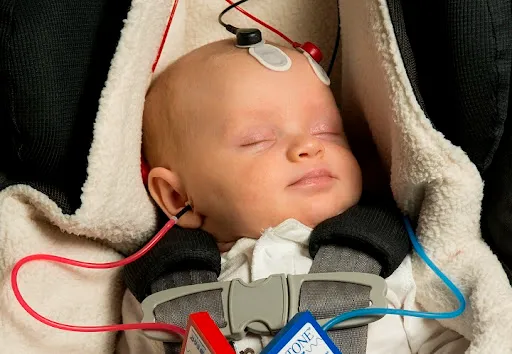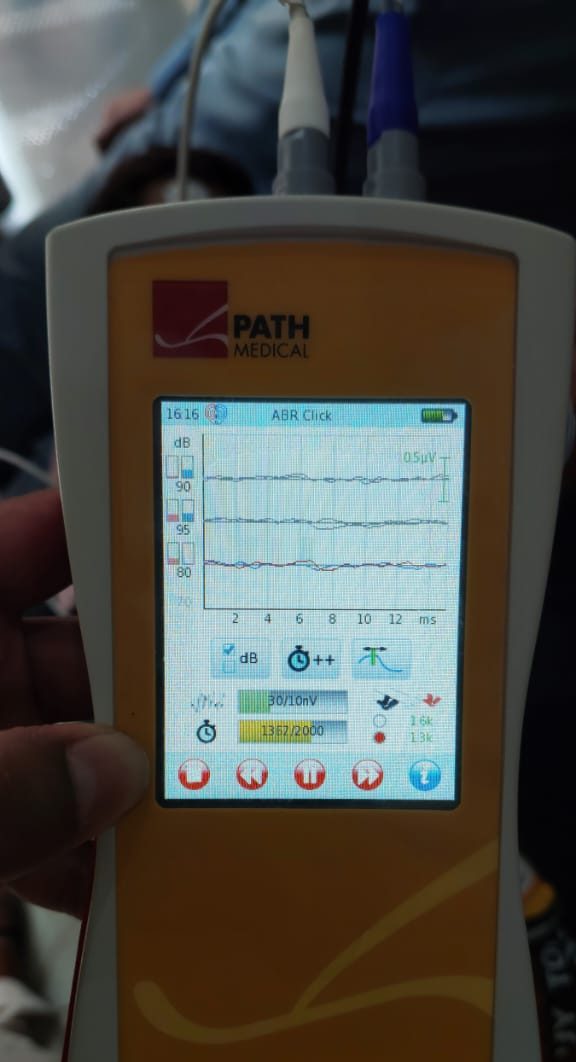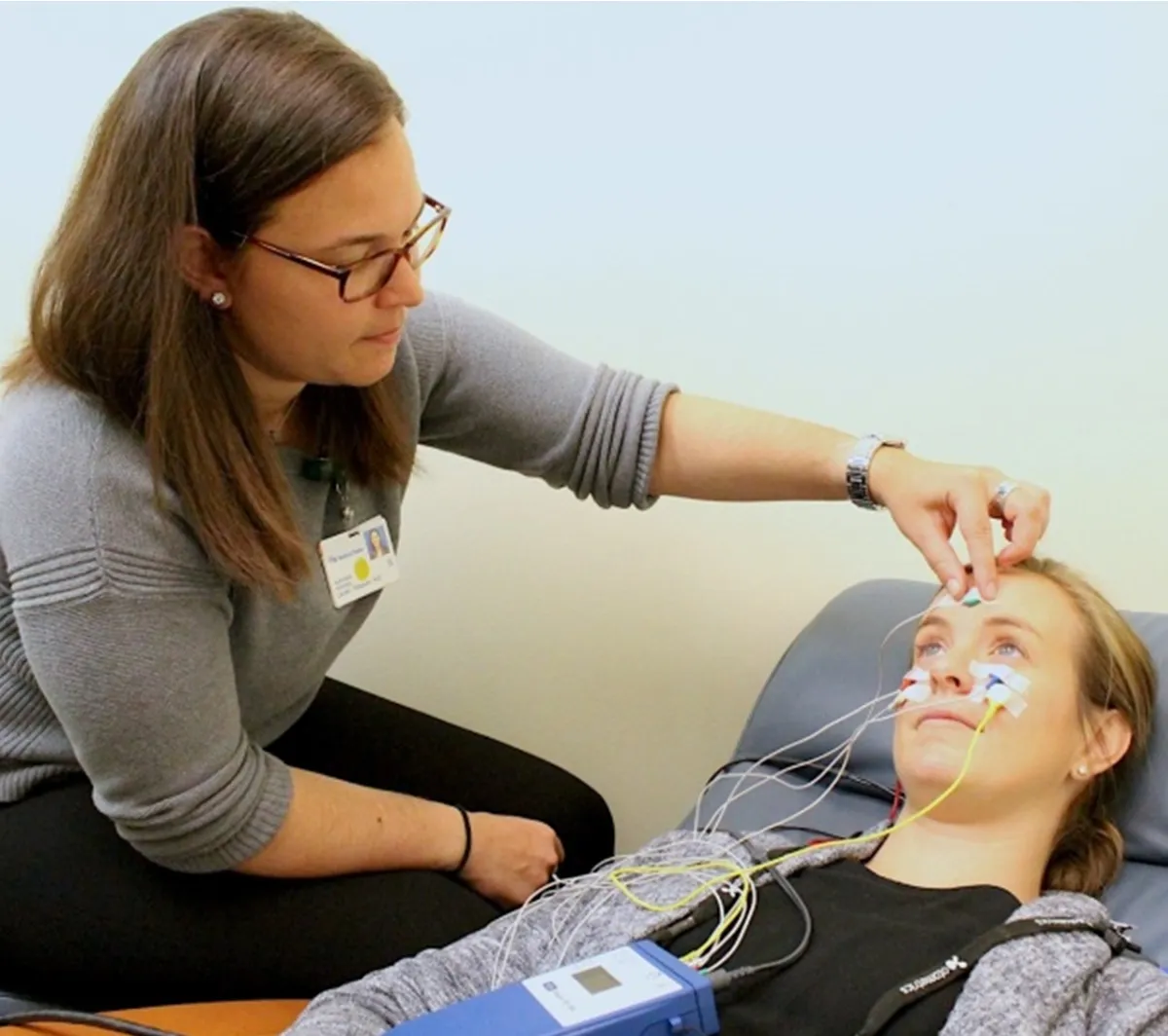
If you are experiencing hearing difficulties, your doctor might suggest a Brainstem Evoked Response Audiometry (BERA) test. BERA is a non-invasive hearing assessment that measures how effectively your brainstem responds to sound signals. In this article, we will explore what BERA involves, how the test works, and what you can expect during the procedure.
BERA is a hearing test that measures the electrical signals generated by your brainstem in response to sound. It is commonly used to diagnose hearing loss or other auditory issues in infants, young children, and adults who may find traditional hearing tests challenging.
During the test, small electrodes are placed on the scalp and earlobes to detect brainstem activity as sounds are played through earphones. The test records how long it takes for the sound to travel from the ear to the brainstem and measures the strength of the brain’s electrical response.


BERA measures the electrical activity in your brainstem in response to sound. When sound enters the ear, it travels through the ear canal and causes the eardrum to vibrate. These vibrations reach the cochlea, a small, spiral-shaped organ in the inner ear, which converts sound waves into electrical signals for the brain to process.
The electrical signals travel from the cochlea to the brainstem, the part of the brain that links the spinal cord to the brain. The brainstem processes these signals and forwards them to the auditory cortex, which interprets the sound.
During a BERA test, sounds of different frequencies and volumes are played through earphones. Electrodes placed on the scalp and earlobes record the brainstem’s electrical responses. This data is then used to create a graph, known as an audiogram, which shows how well the brainstem is responding to the sounds.
BERA is useful for identifying a range of hearing and auditory conditions, including:
Sensorineural Hearing Loss: This type of hearing loss happens when there is damage to the cochlea or the nerve pathways that carry sound signals from the cochlea to the brain.
Auditory Neuropathy Spectrum Disorder: A condition that affects how sound signals travel from the cochlea to the brainstem.
Brainstem Lesions or Tumors: These can disrupt the transmission of sound signals between the cochlea and the brainstem.
Other Neurological Conditions Affecting Hearing: BERA can help detect hearing-related effects of disorders such as multiple sclerosis, Parkinson’s disease, or Alzheimer’s disease.
